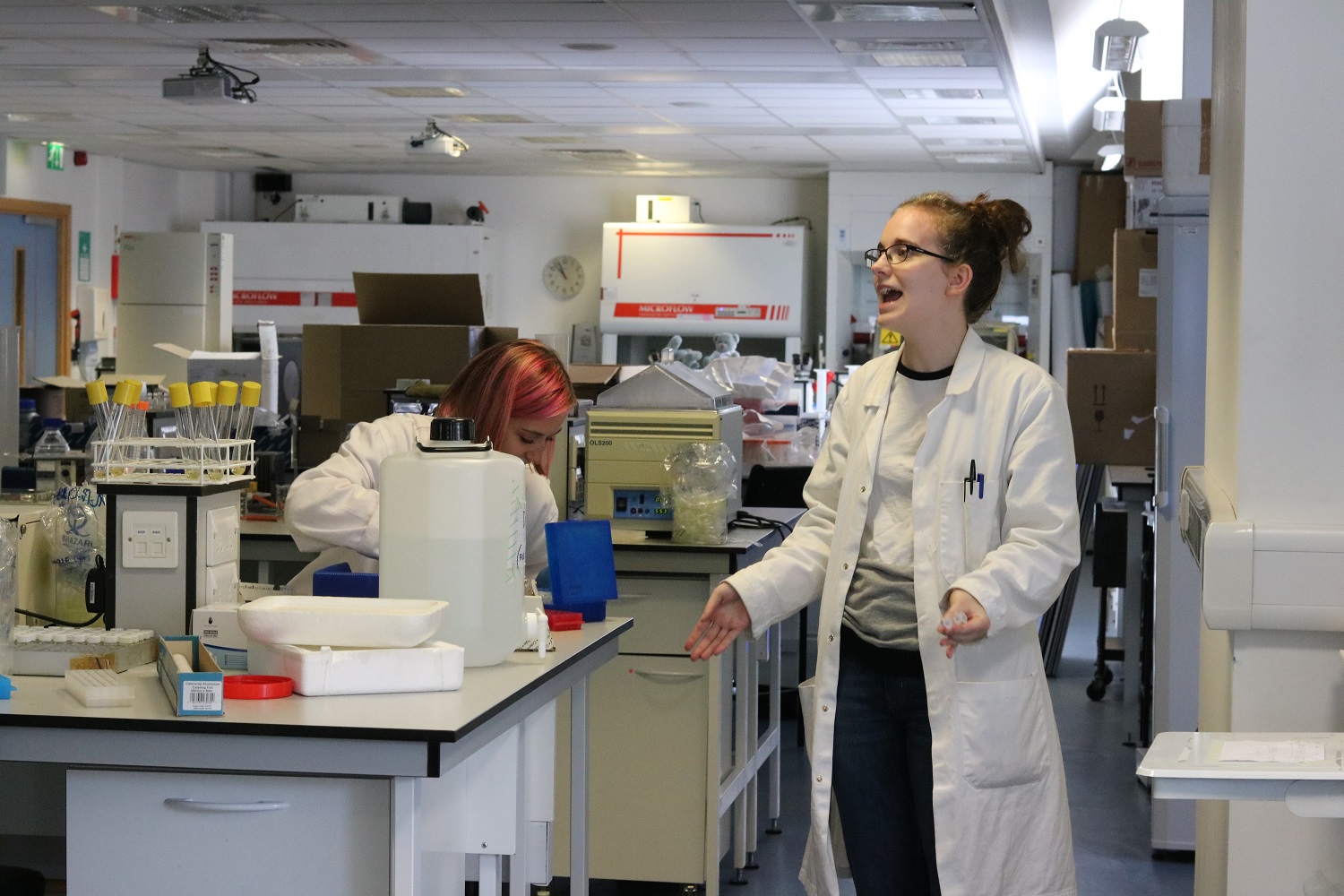Contents
Overview
The mtlR subgroup project involved the exploitation of the mannitol operon (Liu et al 2015) [1]combined with a reporter construct to detect the presence of Campylobacter jejuni. Mannitol is a readily available sugar alcohol which is used by many organisms in nature. Pseudomonas fluorescens, a gram-negative bacterium commonly found in water and soil, can utilize this sugar as its sole energy source as it has organised its mannitol utilization gene set into an operon to transport and convert mannitol (fig.1). Hoffman and Atlenbuchner described the MtlR regulator from Pseudomonas as a multi-sugar transcriptional regulator (Hoffmann and Altenbuchner, 2017). Previous studies (Hoffmann and Altenbuchner, 2017) showed that these sugars initiate transcription of downstream genes which are involved in the transportation and metabolism of mannitol. In particular, the mannitol operon repressor (MtlR), initiates transcription at the mtle promoter in the presence of polyol sugars, such as mannitol, arabitol or glucitol (Hoffmann and Altenbuchner, 2017). In the absence of the sugars, the protein acts in a repressive manner, ensuring no transcription from pmtlE.
Aims
- Aim 1
- Sub-aim 1
- Sub-aim 2
- Aim 2
- Sub-aim 1
- Sub-aim 2
Materials and Methods
Condition set up
Sample preparation
- 1
- 2
- 3
Results and Discussion
Outlook
References
- ↑ Liu, Y., Rainey, P., and Zhang, X. (2017). Molecular mechanisms of xylose utilization by Pseudomonas fluorescens: overlapping genetic responses to xylose, xylulose, ribose and mannitol.



